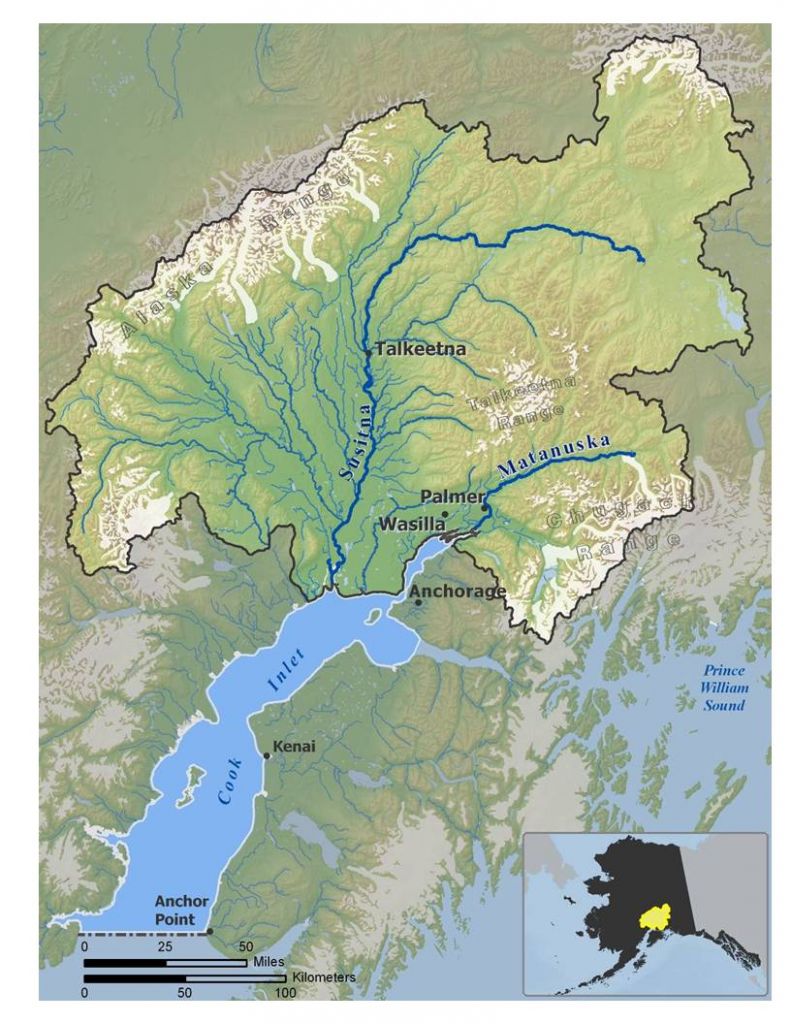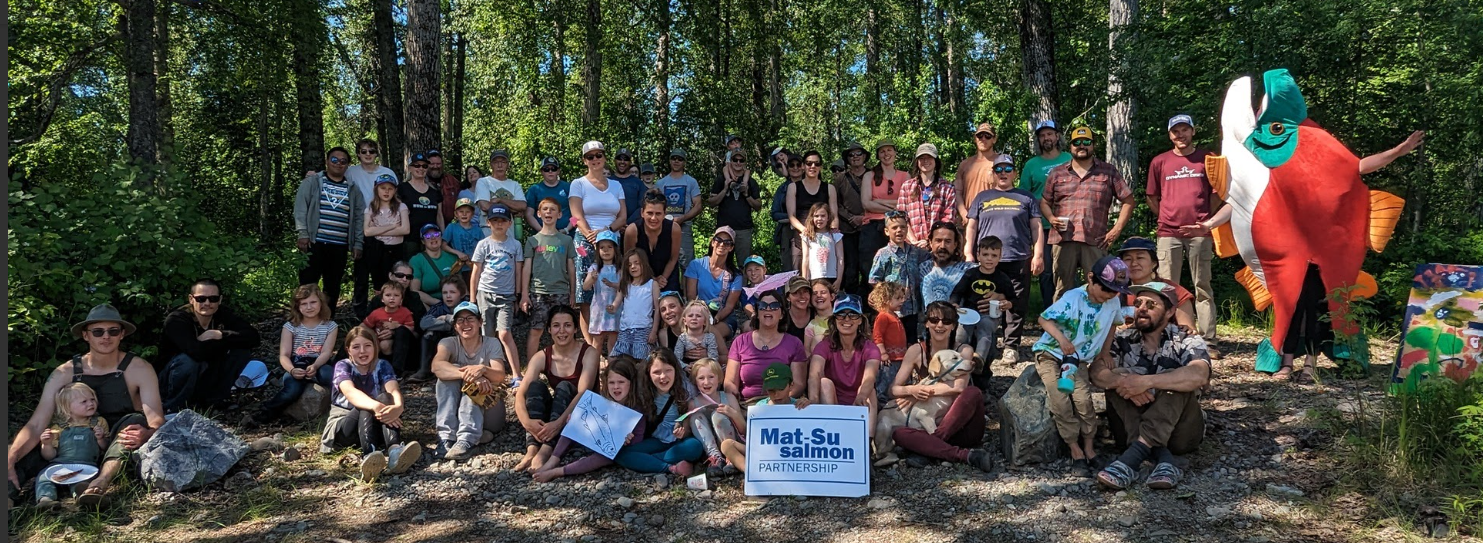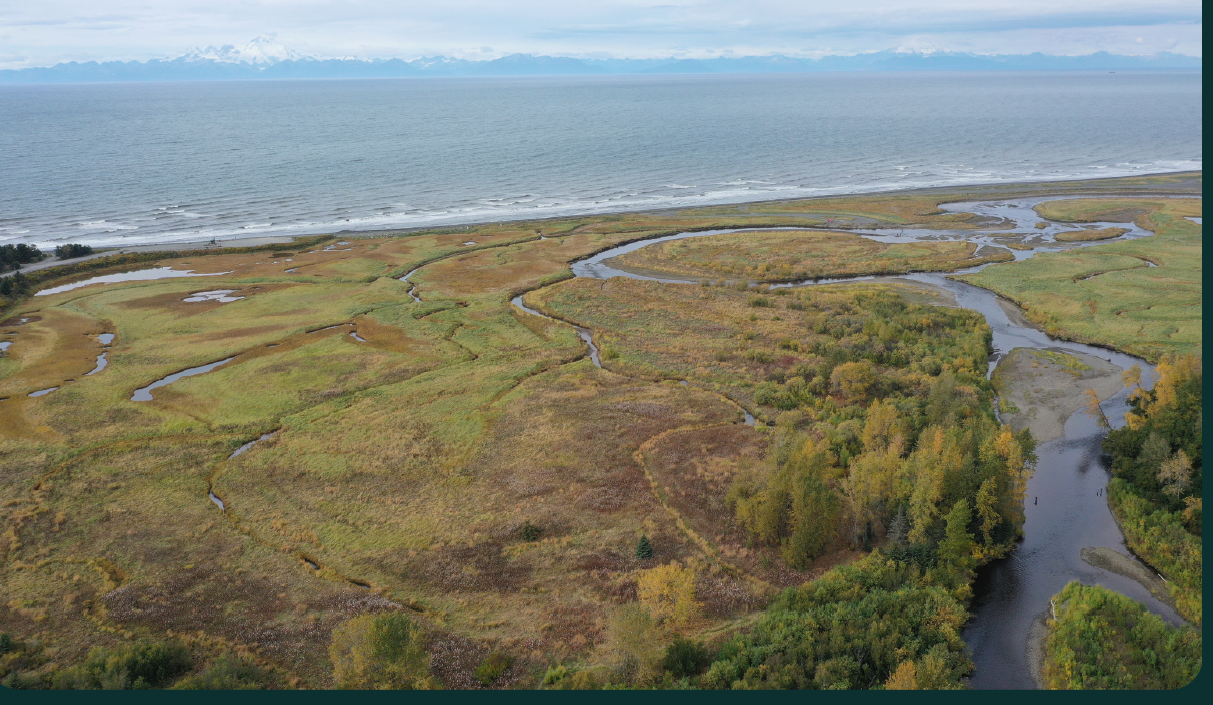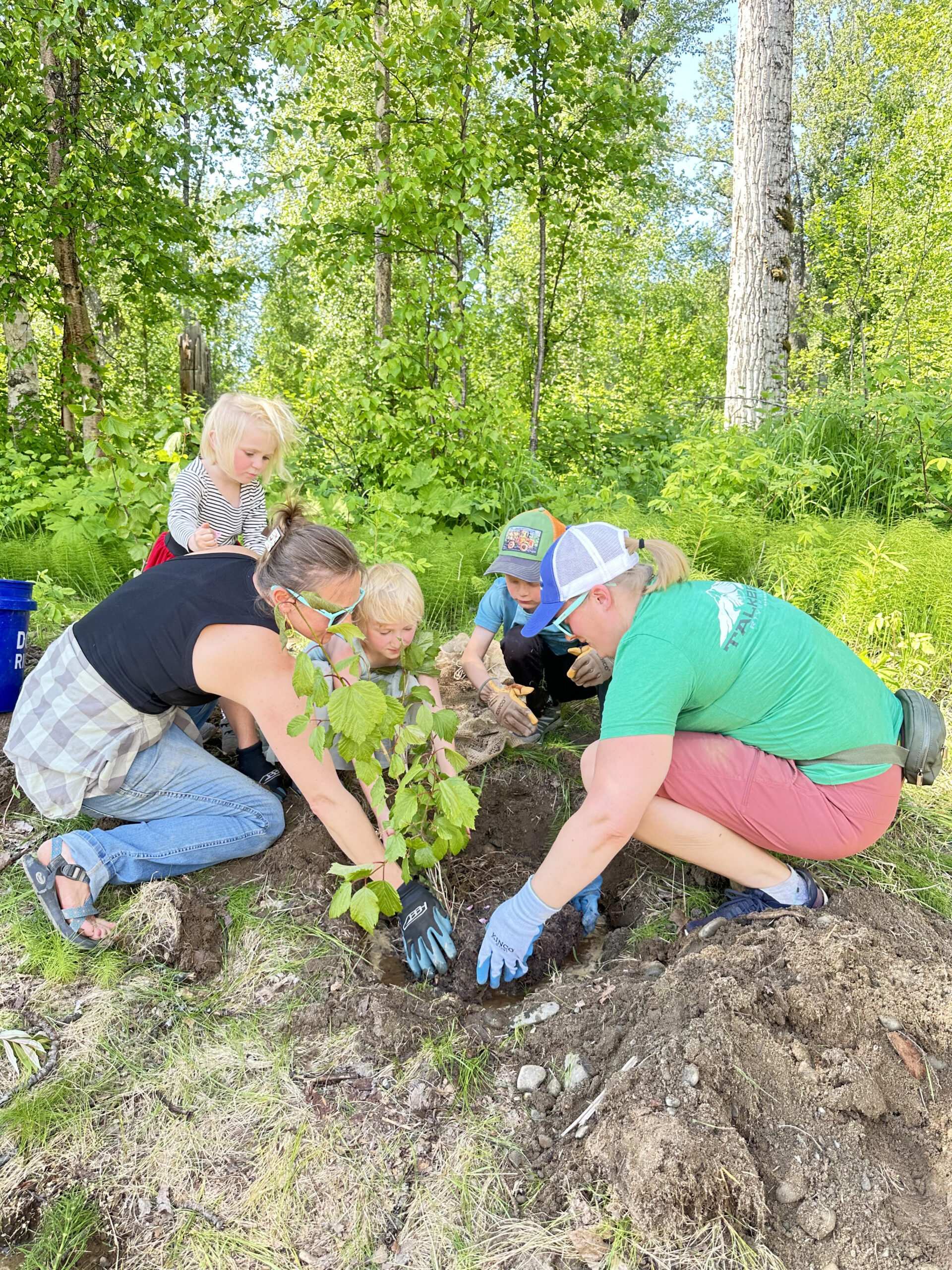Encompassed by the Alaska Range to the north (home to Denali, North America’s tallest mountain), the Talkeetna and Chugach Mountains to the east, Cook Inlet to the south, and the Aleutian Range to the west, the Mat-Su basin covers approximately 24,500 square miles in southcentral Alaska—roughly the combined size of Vermont, New Hampshire, and Massachusetts (or, if you prefer, Ireland!).
The Mat-Su is dominated by rolling lowlands covered with hundreds of small lakes, bogs, and clear water streams. Large rivers (including the Matanuska, Susitna, and Knik) drain glaciers in the surrounding mountains. These diverse waterscapes provide key habitats for all five anadromous Pacific salmon species, as well as other native species including rainbow trout, Dolly Varden char, Arctic grayling, eulachon, stickleback, and others.
In much of the Mat-Su, a human footprint is an unlikely sight. In the lower reaches of the basin, however, the landscape is rapidly changing—it is one of the fastest growing areas in the country. Now home to nearly 90,000 people, the region’s human population has nearly doubled in the past 20 years and is expected to continue increasing into the foreseeable future. New roads, homes, schools, soccer fields, and shopping centers signal a new chapter for this region of Alaska.



